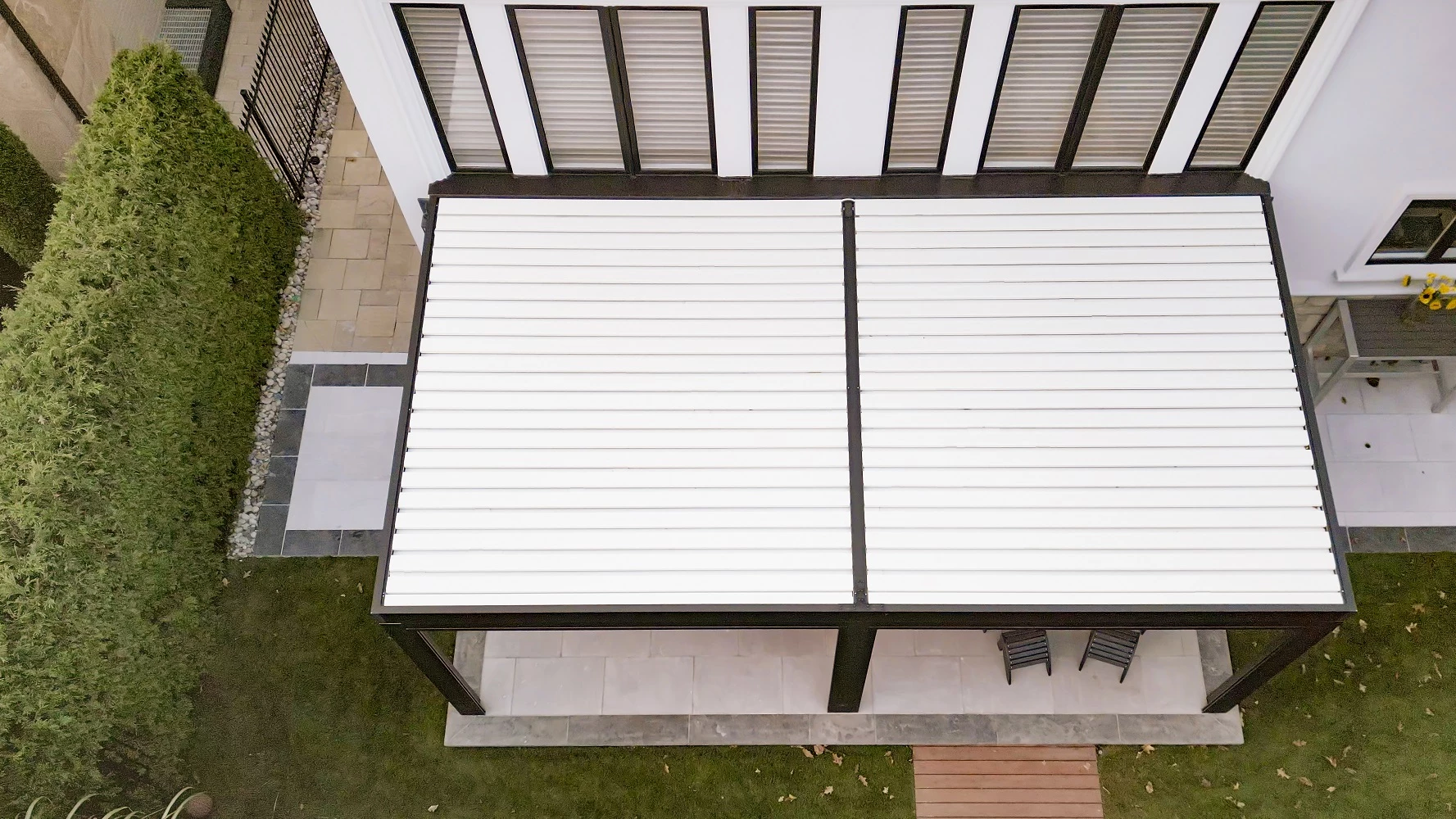The term “pergola” comes from Italian and means an extension or canopy. In Italy, the tradition of building such structures goes back to antiquity, when they were used for landscaping terraces.
Tips for choosing a pergola
Pergolas are arches for climbing plants. They improve the garden area and support flowers, grapes, and weaving ornamental plants. Pergola roof can be placed at the entrance to the house or on paths. A canopy made of climbing plants is combined with other garden attributes:
- with a bench;
- with a bench with a swing;
- a gate;
- a barbecue;
- flower boxes.
These beautiful garden architecture structures are purchased for a summer house, terrace, garden, cafe, car, restaurant, gazebo, and swimming pool. Wherever you can, create a corner for privacy and enjoyment of nature. Place a cozy dining corner under a pergola measuring three by 3 meters. The design can be very diverse, from hi-tech to Japanese style. Pergolas and garden arches often have similar designs and perform the same functions.
History of the creation of the pergola
Pergola means a canopy, an extension. Initially, the pergola was used to climb plants and shrubs and maintain vines. Later, the aluminum pergola became a resting place to hide from the scorching sun under the shade of plants. Further evolution turned the pergola into separate architectural structures, part of landscape design for a pleasant pastime. A modern aluminum pergola can do without plants; beams or a stretched awning create the shadow. This design is more like a canopy, which protects from the sun but does not protect from the wind. Also, an aluminum pergola can be made as a gazebo or arch covered with climbing plants. A unique feature of the pergola is its beautiful pattern, cast as a shadow from the plants.
Materials for manufacturing a pergola
A pergola consists of columns connected by arches and a set of cross beams. It can be a separate structure attached to the house, connect pavilions, or be located at the entrance to the building. A pergola can be made from aluminum, stone, wood, plastic, or a combination of materials. The style of the site, personal preferences, and financial capabilities influence the choice of material.
Historically, pergolas were made from wood. The wooden structure looks more natural and harmonious against the background of plants. An aluminum pergola is more technologically advanced, reliable, and has a long service life. In addition, aluminum structures are more elegant and are entirely covered with vegetation. Of course, aluminum structures must be protected with a reliable anti-corrosion coating. The structure must be strong enough to support the weight of plants and fruits. The aluminum can be in the form of a strip or a profile pipe. Decorated with forged and wooden elements.
An aluminum pergola can have a variety of designs. The simplest option is a rectangular structure with four columns. This design can be unified and has many varieties. If you cover it with an awning on top, it turns into a canopy. If you sew up the walls, you will get a gazebo. A pergola can be created as a canopy, a screen, a green corridor, or a trellis.












